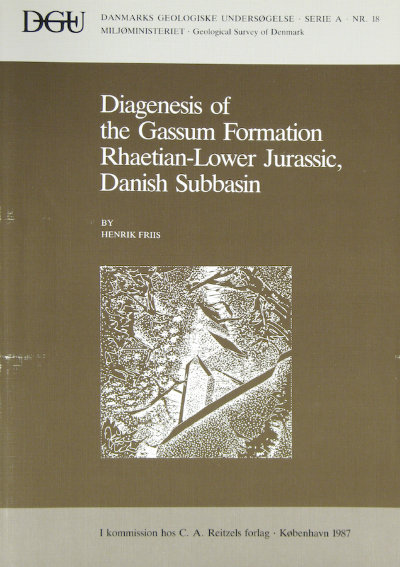Diagenesis of the Gassum Formation Rhaetian-Lower Jurassic, Danish Subbasin
DOI:
https://doi.org/10.34194/seriea.v18.7037Keywords:
Gassum, Sandstone, Diagenesis, Triassic, Jurassic, DenmarkAbstract
The Upper Triassic-Lower Jurassic Gassum Formation is a shallow marine or deltaic sandstone body with intercalated mudstones. The sandstones are primarily arkoses and subarkoses, but the composition is strongly influenced by diagenesis. Depths of burial vary between ea. 550 m and 3350 m, and the diagenetic modifications are strongly dependent on depth. The diagenetic pattern is also related to primary lithology. At shallow depth of burial, the most important diagenetic changes are compaction, calcite cementation, formation of kaolinite, and dissolution of feldspar. In deeply buried parts of the formation, the most important diagenetic changes are reduction of primary and secondary porosity by strong cementation by quartz, albitization of partly dissolved feldspar and ankerite cementation. In chlorite-cemented parts, quartz cementation was inhibited, and here pressure solution occurred in deep parts of the formation. The porosity in these deeply buried samples may be reduced to secondary intragranular porosity in partly dissolved feldspar and intercrystalline porosity in clay mineral cements. Other diagenetic minerals are siderite, pyrite, anhydrite, potassium feldspar and illite. The diagenesis evolved through the eodiagenesis and the immature and semimature stages of mesodiagenesis, whereas mature stages have not been reached.
Downloads
Published
Issue
Section
License
This article is distributed under a CC-BY 4.0 licence, permitting free redistribution and reproduction for any purpose, even commercial, provided proper citation of the original work. Author(s) retain copyright over the article contents.


